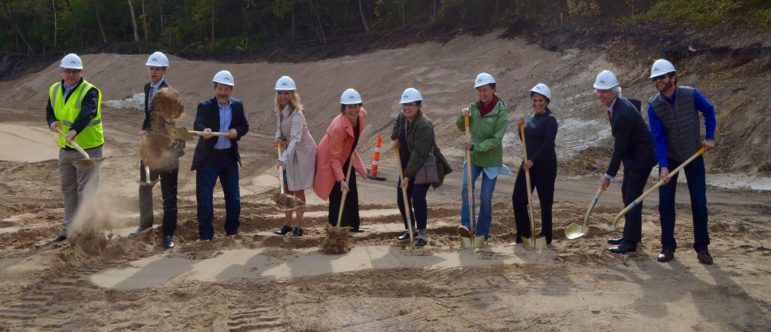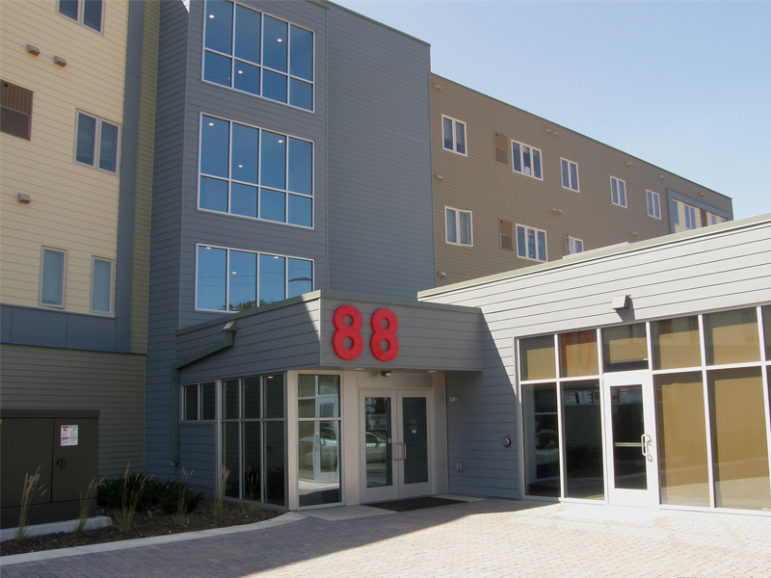
How a Saint Paul affordable housing developer made efficiency a top priority.
Building sustainable, multifamily housing developments isn’t easy work. But a local, nonprofit housing developer, Neighborhood Development Alliance (NeDA) has figured out a way to make it happen.
Located in Saint Paul’s diverse West Side, NeDA has a long track record of building high-quality and affordable housing. Since 1989, they’ve developed nearly 200 units of multifamily housing opportunities, all for low-income community members and all with energy efficiency in mind.
Their latest affordable housing community, Villa del Sol, showcases their commitment to sustainable, energy-efficient design… and it’s drawing national attention.
Energy efficiency as the foundation
Villa del Sol is currently home to 120 people in its 40 units of income-restricted, affordable apartments. But getting the building off the ground took years of careful planning and number-crunching.

As part of the initial design, Karen Reid, Executive Director at NeDA, knew energy efficiency was a critical component. She and the architect firm behind the development, Lunning Wende Associates, worked with Xcel Energy’s Design Assistance program to embed efficiency mechanisms into Villa del Sol from the very beginning.
The building’s envelope was a key first step. By ensuring a tight seal during construction via continuous insulation wrapping, Villa del Sol retains heat in the winter and doesn’t leak cool air in the summer.
Each unit also takes advantage of single package vertical air conditioners, slashing energy costs for tenants by 20 percent. Alongside low power density in its LED lighting, Energy Star appliances, and low-e glass windows, the building is an energy efficiency powerhouse.
Efficiency updates gain local attention
For their integration of future-forward energy efficiency measures, NeDA received an Xcel Energy rebate of $43,000… and sparked the attention of our nation’s largest utility.
Villa del Sol is featured in Xcel’s national calendar for the month of March, and is the subject of a case study by the utility highlighting exemplary efficiency design in large scale developments.
“Making sure our buildings are highly efficient just makes good business sense,” says Karen, “It saves us money and our tenants. It’s really a win-win.”
NeDA’s Villa del Sol is actively participating in Minnesota’s B3 Benchmarking Program to track energy use for the next ten years. They also follow the St. Paul Sustainable Building Policy to reduce energy and water consumption, and to lower carbon emissions.
Fresh Energy enthusiastically supports utility-scale programs that incentivize smart and sustainable building design. Efficiency is indeed our energy sector’s most resilient resource. Learn more how you can make energy efficiency moves on our Take Action page.

